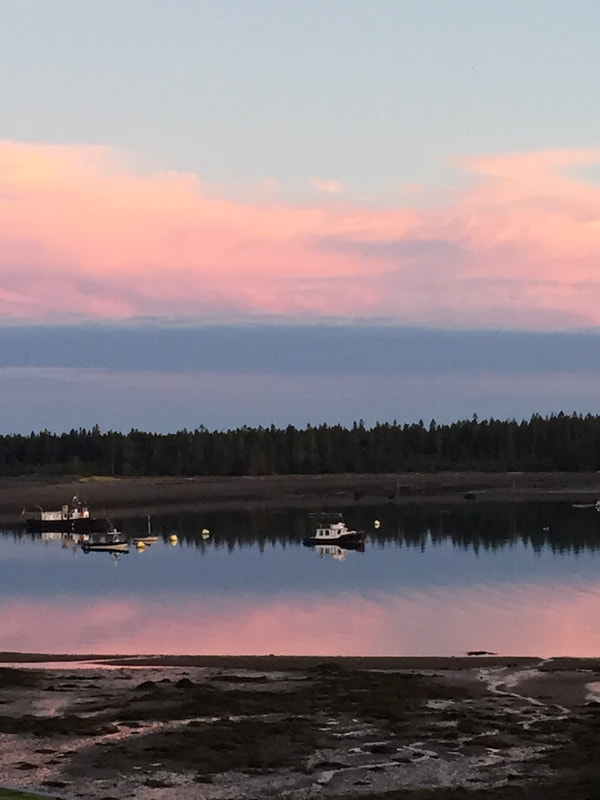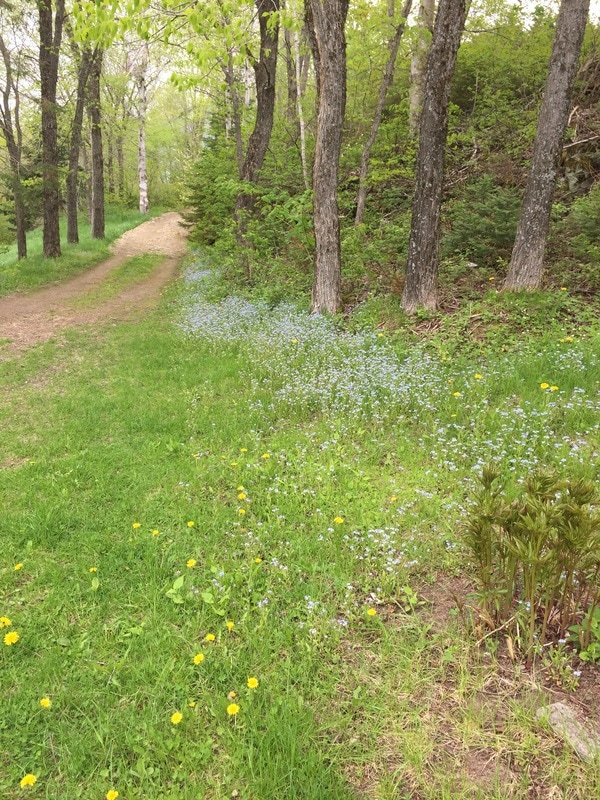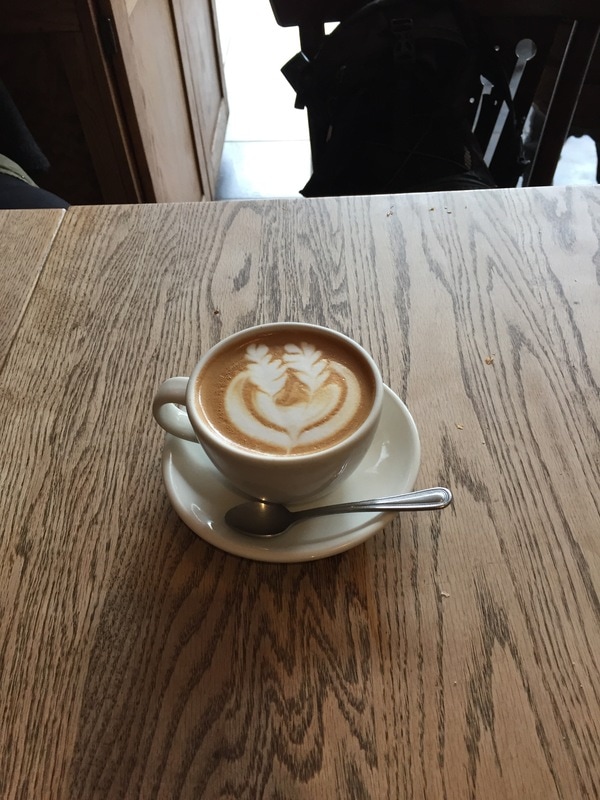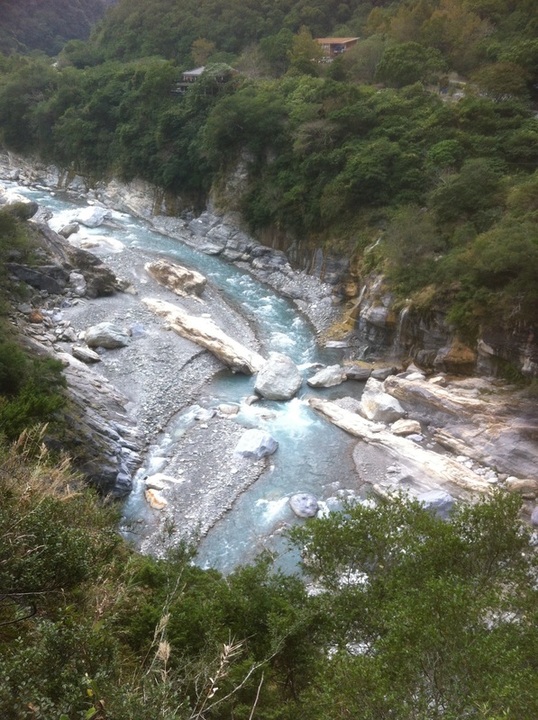|
In this session, I will guide you through an experience of moving meditation based on the ancient Chinese art of Tai Chi. The emphasis will be on breathing and gentle movements. These movements can be performed from either a standing or seated position—No previous experience is necessary. Research demonstrates that Tai Chi has physical health benefits for a variety of conditions—in particular stress-related illness. However, Tai Chi is also beneficial for emotional challenges—especially anxiety and depression. Tai Chi is mostly about learning to let go and give up control. In Tai Chi practice you start where you are and you progress at your own pace. By learning to let go of tension you release the Chi that is already there. The payoff is more “present moment” experience and thus more stillness—and higher quality of life at any age. Tai Chi is a Pathway toStillness that resides at the center of your lifestory—the unchanging mindful awareness amidst the swirl of thoughts and emotions that is human life. In this way, it is a form of narrative care. In this session, we will focus on the “how to” relax-into-stillness.
dit.
0 Comments
One day I was having coffee with my sister at Pagaille, one of my favorite Montreal cafes. I was going on about why it was an excellent latte. She said jokingly, “I suppose you think coffee is a pathway to stillness”—referring to the title of my book. I responded that a good coffee in a good café is indeed a refuge—and thus a pathway to stillness. A café offers a stillness setting in which you can feel welcome and accepted just as you are—a place to relieve loneliness and to enjoy the full sensual experience of a well-made espresso. Read more in my book.
It is perhaps an odd feature of being human that we live both in clock time and in the timeless present. This means that within all the changes and dramas that continously swirl—inside us and around us—there is a place of rest and stillness. This stillness cannot be understood or explained through language, which can only act as a signpost pointing to something that can only be experienced—in this way stillness is no-thing. If you can embrace even a little of this experience by finding your own pathway to stillness, you will come to learn a third way to deal with life—beyond fight and flight. You may learn to observe and follow—a way that will bring less stress and suffering and more peace to your life.
Some time ago, I was diagnosed with Trigeminal Neuralgia, a very painful jaw condition. My neurologist sent me for an MRI. I also suffer from a degree of claustrophobia—I do not like elevators or other enclosed spaces. The MRI machine is an enclosed space and noisy. The nurse asked me if I wanted Ativan to keep my nerves calm during the test. I was nervous but I decided to rely on my stillness practice. I asked them to play some baroque gentle classical music and I attempted to relax and follow my breath. To my surprise, I remained calm and even temporarily forgot where I was during the procedure— The test ended without incident. While there is no guarantee, your stillness practice of choice is often there as support when you most need it.
I teach a course on this topic at St. Thomas University. As with my course, Aging and Tai Chi, there is a stillness-mindfulness dimension to the course material. This means that we not only explore research about the nature of spirituality in different traditions, and how it is understood as we move through our journey of aging and changing—we also explore our own pathways to stillness. I invite the students to participate in a selection of relax-into-stillness movements. The purpose of this activity is to emphasize that our spiritual life is an experience and not only a set of concepts and beliefs. It is also a personal experience. I find that many chronologically younger students are skeptical about organized religious and spiritual traditions—but they are very open to talk about their personal ways of finding meaning and peace in their lives. (Read more in my book).
The experience of loneliness is a natural part of being human. For most of us, it is an uncomfortable feeling that comes from a sense of being separate from others—not connected. Our common response to loneliness is to go to our favorite comfort behaviors—self-medication, food, television, social media, shopping—anything that will distract us and relieve the painful feelings. There is a third way to encounter loneliness and that is to allow it, accept it, and sit with it. The next time you are lonely try not to create a story around the feeling—just let it be. You may use one of my relax-into-stillness movements to help you in this new way of being with loneliness. You may find that your loneliness will start to change into aloneness—and bring you stillness and moments of peace. Read more in my book Pathways to Stillness.
We are so accustomed to experiencing and thinking about time as past, present, and future that we hardly notice that it is our own creation. We suffer from our exclusive belief in this version of time— we experience anxiety by worrying about what has happened, or what will happen to us. We are usually “thinking in time”. Yet, you may notice that there are breaks in time—a sudden trauma, falling in love, or the experience of nature or beautiful music. At these times there is no thought— no past and future, just the present. Pay attention to these breaks in time — they are pathways to the stillness that waits within. Explore your pathways.
Once you finally stop for a moment—or life stops you—you realize that your monkey mind has been very busy and has kept you stuck on the “hamster wheel”. Borrowing from John Kabat Zinn, many of our thoughts are based on fear—“fear that you are not good enough”, “that bad things will happen”, “that good things won’t last”, “that you will not get your way”, “that other people might hurt you”, and so on. It is no wonder that stillness evades us until there is a break in the constant vortex of confusion. Once we do experience this opening, speaking for myself, it is vital to continuously use my stillness practice to remind myself of this wonderful gift of space, balance, and peace. Explore your pathways to stillness.
I am spending a few days at one of my favorite stillness refuges—A Trappist monastery in northern New Brunswick. It is such a gift of peace and a place to rest my body and allow my spirit to be renewed. When I arrive here I literally and symbolically put my car keys and my wallet in the desk drawer. I go for walks on the trails in the woods, and I sleep a lot. There is no expectation to do anything in particular. However, I also rise at 3:30 in the morning to attend the meditation and prayer session in the chapel. It is a magical experience of comforting stillness— in the silence, chanting, and companionship. My tensions and challenges become lighter. Stillness works!
A good café offers an atmosphere that is friendly, welcoming, and non-judgemental. You can sit quietly by yourself and read —or just watch and listen to what is going on around you. It offers the chance to stop and become present—thus creating a space for stillness to emerge. I find this stillness environment especially helpful at times of loneliness when I am travelling alone. Then there is the coffee experience itself. For me a good latte engages all the senses and offers relaxation and comfort—a warm cup, the wonderful scent, the latte art and texture, the sound of the barista pulling shots, and the magic taste to be lingered over.
I woke up this morning to the view in the photo below and I instantly felt total peace and comfort. My monkey mind had stopped and I was receiving the wonderful gift that nature has to offer. It is true that nature speaks to us if we can suspend the habit of analysis—“what color is that”— “that would make a great painting”— “that reminds me of a sunrise in Italy”. Give yourself a break and just be there with it! (Okay, I did take a quick photo without breaking the spell).
Many self-help books offer six easy steps to happiness and enlightenment. This approach may work for some—but it can often be disillusioning and disappointing. Rather than promising a quick fix, my book Pathways to Stillness offers a way to approach your journey that helps you to find a pathway that "fits your life". The stillness stories in the book offer examples of how I—and others—have discovered stillness and have come to regain the sense of "our story" in the midst of life changes, including many forms of loss—whether through illness, career, or relationships.
Whatever your choice of practice—meditation, Tai Chi, Yoga, Kirtan or other—it is done for itself. It is the present moment that matters, the journey not the outcome. You may experience boredom, restlessness, or deep peace and insight—appreciate them all and keep going. I was once in a meditation class where the teacher asked the group how they could know for sure that they had experienced a successful session. One person talked about light, another about a feeling of communion. Then my wife Liz said—the fact that it is over. The teacher responded, “there is a wise person—you stayed to complete the session”. If you practice with no expectations you will not be disappointed
During this season emotions become more intense for many of us—joy, love, happiness—but also anxiety, sadness, loneliness. I know I can experience some of both the highs and lows in the same season. It may be helpful to allow and accept these emotions as they come and go. One way to do this is to find a stillness practice or refuge as I call them in my book. Whether it is a relax-into-stillness Tai Chi movement, meditation, prayer, coffee in a quiet café—alone or with a friend— this stillness practice can bring you to a place of peace beyond the turbulence. It can also bring more stillness and presence to the positive part of the season.
The Daily Gleaner, October 2016
Gary Irwin-Kenyon finds solitude in waking up early and taking a bike ride with his wife down to the ocean in their hometown of St. Andrews, where they sip coffee, nibble on breakfast sandwiches and savour in the sounds of the water. “It’s how we can find peace or meaning in our lives in the midst of a pretty crazy world,” said Irwin-Kenyon. In his book he writes about the importance of finding stillness in the middle of a busy schedule, a passion he’s had for quite some time. “For a long time I’ve always wanted to write a book that just spoke to people more directly,” he said. “I feel like I have something to say about how we can approach our lives to find more peacefulness.” In his book, the St. Andrews author offers a collection of stories from people discovering stillness through different activities such as painting, exercise, hiking in nature, talking with friends so they relax into stillness or simply enjoying a cup of coffee at a local coffee shop. He said people often get caught in their everyday lives and forget to make time to recharge. “In our culture we tend to think we can fix everything and control things, find an expert to give you the answer to something,” he said. “We tend to forget there is such a thing as an experience of quiet and stillness in the centre of our own life story. We tend not to pay attention to that because we’re too busy.” “Dr. Irwin-Kenyon is not just an expert in his field, but is also a wise communicator. His professional experience and writing talent have combined to create a guide that is useful and relevant to regular people in their everyday lives. So many of us often feel overwhelmed and anxious,” said Christian Jensen of FriesenPress, Irwin-Kenyon’s book publishing company in Victoria, B.C. “Dr. Irwin-Kenyon’s book offers a clear path to restorative stillness.” One of the gifts of the experience of stillness is that you can embrace your life more as a journey. You may become less fearful about not knowing what is around the next bend. Your journey can become more imbued with curiosity, wonder, and more life—you can come to appreciate meandering or wandering along life’s pathways. There may be less need for “Six easy steps to wisdom and immortality”. Rather, you may feel free to create and discover your own pathways, drawing from the ordinary wisdom, both within yourself—and in those around you. In the coming entries on this blog you are invited to explore pathways to stillness that fit “your” life.
There is really only one thing you need to do to begin to find more meaning and peace—just show up!11/22/2016 Stillness is an experience, not an idea. Sometimes you need to do something, or sometimes you need to do nothing. The way to stillness is through calming down, quieting what has been called the “monkey mind.” In this Blog, as in my book, I invite you to simply show up and let stillness happen. Stillness finds you more than you find it. It has its own rules. Nevertheless, you can create conditions that will make it more likely that you will experience stillness. Like electricity, you do not need to understand stillness to experience its benefits. It is mostly about showing up. The payoff is that you may find rest—and a gentler, softer connection between you and the world around you.
|
Pathways to Stillness BlogMy Blog is about how you can discover your own Pathways to Stillness, and why that is so valuable to your life. We will explore what it means to lose and regain our sense of “our story” in the midst and aftermath of loss—negative beliefs about aging and how we can make them more positive, and the many benefits reaped by creating a refuge of stillness within.
January 2024
Categories |

















 RSS Feed
RSS Feed




